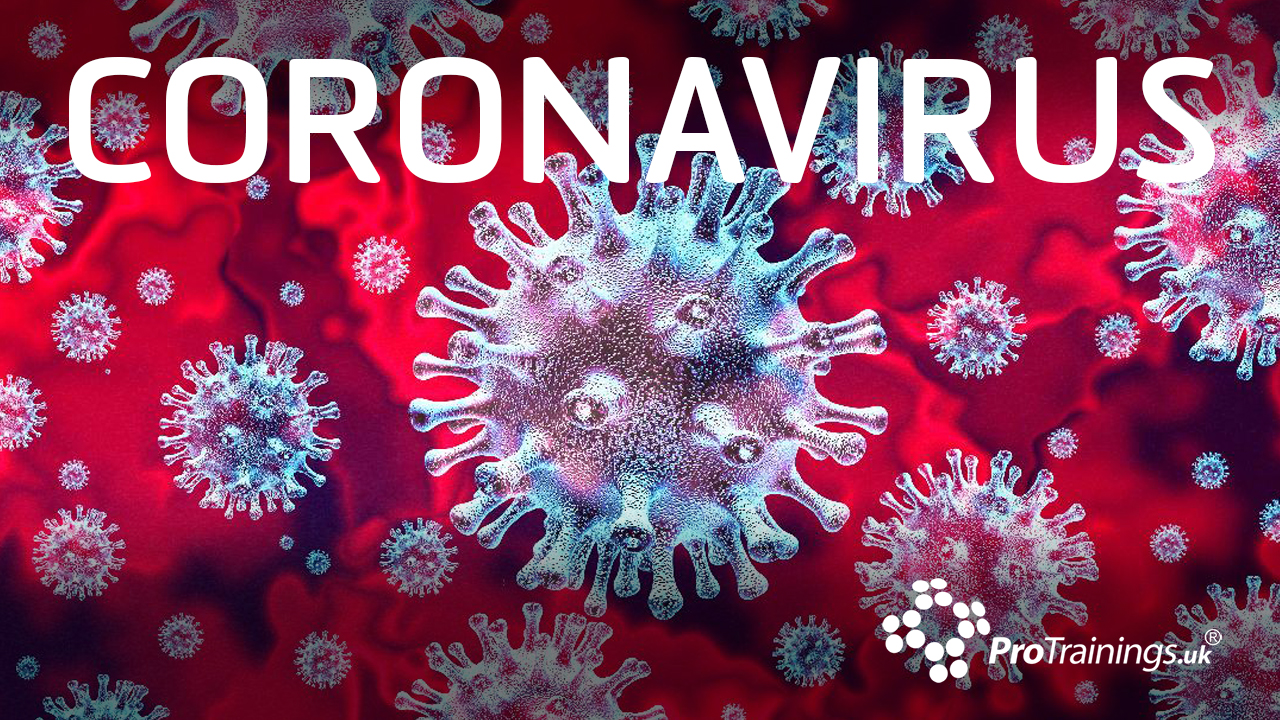Using gloves to prevent Coronavirus will help but you need to use them correctly. There are lots of different types of gloves but they are quite straightforward to use. Most gloves made of nitrile or vinyl.
When putting gloves on, make sure that you have nothing sharp on your hands such as rings or bracelets, as these can break the glove material. Also, check the gloves before putting them on to make sure that there are no holes in them.
You can do this by blowing into one and pushing the air in, to see if any air escapes. Should you find a hole, put on a new pair. Put the gloves onto your hands and pull them down to your wrists.
Should there be more than one patient on the scene, you must change gloves between patients as the gloves will harbour any infection, and you will just end up passing the infection from one patient to another. So, for each patient, wear a new pair of gloves.
When removing gloves, you don’t want to touch any bodily fluids on the gloves, so there’s a special way to take them off. First, pinch one glove on the outside and remove it, turning the glove inside out in the process. This keeps any contaminants on the inside. If there are any used dressings, tissues or anything that may harbour contamination, you can scrunch them up in your hand before taking the first glove off, and then contain them in the inside-out glove.
Once you have taken the first glove off, keep hold of it in your other hand and scrunch it up into the ball of your gloved hand. Put a non-gloved finger underneath the second glove without touching the outside, and pull the glove fully off, turning it inside out with the contaminated things on the inside.
Finally, you want to dispose of this correctly which can be in anything such as a biohazard bin, a sanitary bin or securely double-bagged in your rubbish If you want to learn about face masks and Coronavirus see our other blog stories.
Is there a cure for COVID-19?
Currently, there is no vaccination or medication to cure an infection of COVID-19. Antibiotics do not work on viruses so there is no point trying to get them from your doctor. The virus affects people of all ages but the elderly and people with existing medical conditions are more prone to severe symptoms, sometimes concluding in death. Treatment is currently to treat the symptoms, rather than the virus itself.
Work is underway on a vaccine but this often takes a year or more to be fit for humans to be administered with en-masse. Trials are already underway across the world but don’t expect to see one any time soon.
Take the course: www.procoronavirus.co.uk or contact us on 01206 805359 to find out more about our company dashboards and solutions.

